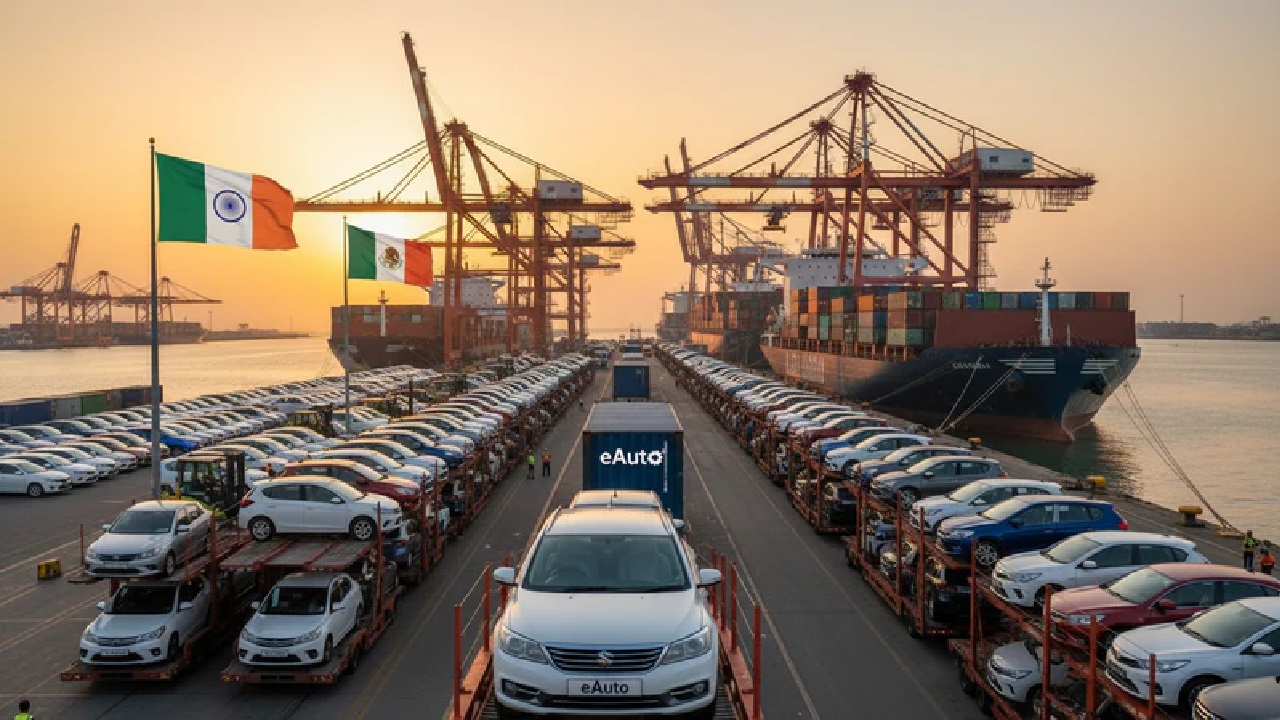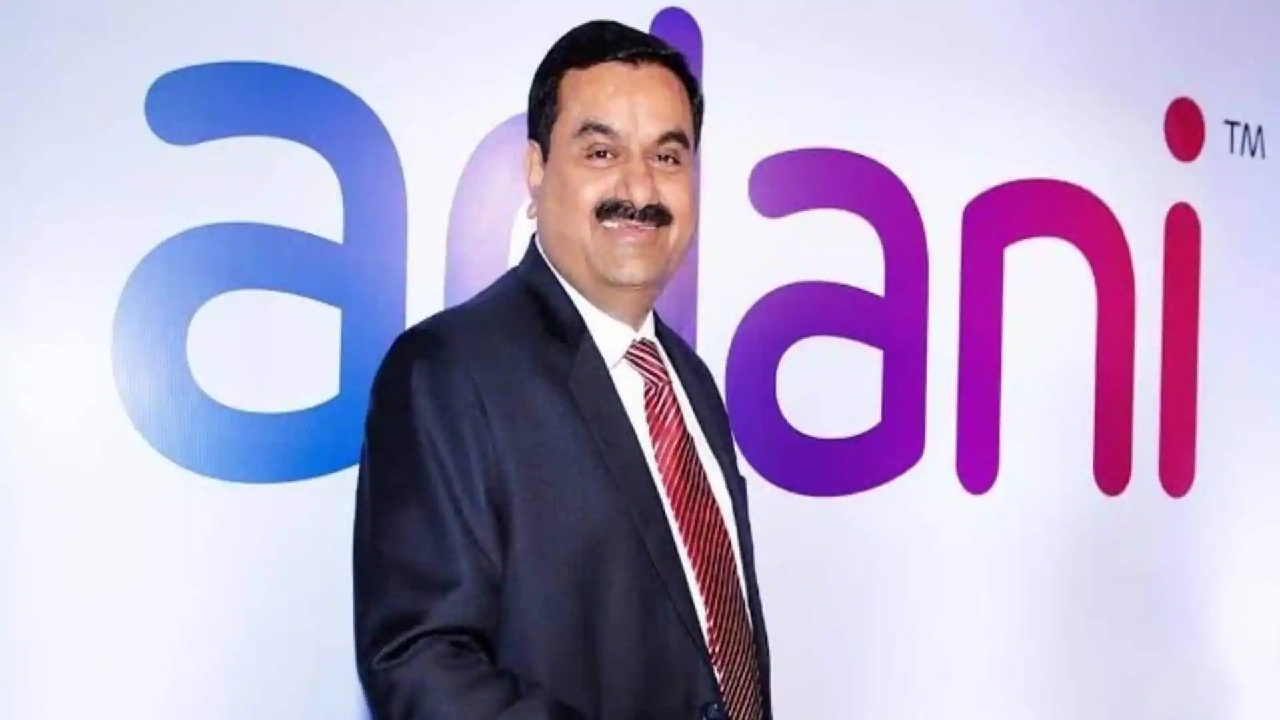A Grand Vision, now a Lost Dream
The ambitious plan to establish a world-class Vedanta University in Puri, Odisha, has officially reached its final roadblock. The Supreme Court of India recently dismissed a review petition filed by the Anil Agarwal Foundation, reaffirming its April 2023 ruling that invalidated the land acquisition process for the project. This marks the end of a prolonged legal battle spanning over a decade and raises critical questions about the viability of large-scale private educational institutions in India.
The university, initially envisioned as an international-standard institution modelled on Harvard and Stanford, was to be set up on a sprawling 15,000-acre campus along the Puri-Konark marine drive. However, despite strong political backing, the project was embroiled in controversies related to land acquisition, governance autonomy, and alleged undue favours from the Odisha government.
The Birth and Controversy of Vedanta University
In July 2006, the Anil Agarwal Foundation signed a Memorandum of Understanding (MoU) with the then Biju Janata Dal (BJD)-led Odisha government to develop the university with an estimated investment of Rs 15,000 crore. Between December 2006 and August 2007, the state administration acquired over 6,000 acres across 22 villages, transferring 3,342 acres of privately owned land and leasing 509 acres of government land to the foundation.
Despite the promising vision, the project quickly ran into opposition from displaced landowners, environmental activists, and legal experts. Petitioners argued that the land acquisition process was flawed and violated legal norms. Furthermore, the Odisha government’s preferential treatment of Vedanta University—granting complete autonomy over administration, fee structure, curriculum, and faculty appointments—was seen as excessive and legally dubious.
The Legal Battle: From the High Court to the Supreme Court
The first major setback for Vedanta University came in 2010 when the Orissa High Court quashed the land acquisition process, deeming it “illegal” and “bad in the eye of law.” The court directed that the acquired land be returned to its original owners. This ruling was upheld by the Supreme Court in April 2023, with the apex court imposing a Rs 5 lakh fine on the Anil Agarwal Foundation for prolonging litigation without merit.
The Supreme Court cited the “Doctrine of Public Trust” as a fundamental reason for rejecting the project. It pointed out that the land in question included two rivers, Nuanai and Nala, which would have come under the control of a private entity—an arrangement deemed contrary to public interest. Furthermore, the court found that the Odisha government had granted undue benefits to Vedanta, exempting it from state levies, taxes, and duties, which further fueled allegations of preferential treatment.
Despite this, Anil Agarwal remained optimistic, stating at the Utkarsh Odisha investment conclave that his company was still committed to the state and exploring alternative locations for the project. However, the recent Supreme Court rejection of the review petition has effectively closed all legal avenues for reviving the project at the original Puri site.
Analyzing the Fallout: What Led to the Project’s Failure?
Several factors contributed to the downfall of Vedanta University:
· Flawed Land Acquisition Process – The state government’s decision to acquire thousands of acres for a private university, without proper due diligence, sparked legal challenges. The involvement of ecologically sensitive land further complicated the matter.
· Lack of Transparency – The transition of the project from Sterlite Foundation to Vedanta Foundation and finally to Anil Agarwal Foundation raised concerns about accountability. Allegations of favoritism in land allocation and governance exemptions added to the skepticism.
· Judicial Scrutiny and Public Interest Doctrine – The Supreme Court’s verdict underscored the importance of balancing private investment with public interest. The control of rivers by a private entity was a critical legal red flag.
· Political and Social Opposition – The strong resistance from local landowners and environmental activists further weakened the project’s viability. The public backlash against forced land acquisitions played a crucial role in influencing judicial decisions.
The Road Ahead for Vedanta and Odisha
Following the Supreme Court’s final verdict, the Odisha government has initiated the process of returning approximately 3,500 acres of private land to the original owners, subject to compensation refunds. Additionally, around 500 acres of government land leased to the Anil Agarwal Foundation will be reclaimed.
For Vedanta, this setback raises critical questions about its future investment strategy in Odisha. While Anil Agarwal has expressed continued interest in establishing an educational institution in the state, the company will need to identify legally viable land options and ensure compliance with all regulatory norms.
For Odisha, the case serves as a cautionary tale on balancing industrial and educational development with legal and environmental considerations. Future projects must be more transparent, legally sound, and socially responsible to avoid similar controversies.
A Cautionary Tale for Mega Projects
The Supreme Court’s firm stance on the Vedanta University project serves as a significant precedent for large-scale private educational initiatives in India. It underscores the need for transparent land acquisition policies, adherence to public interest doctrines, and careful scrutiny of state-private partnerships.
While this marks the end of Vedanta University in its originally envisioned form, it leaves behind crucial lessons for investors, policymakers, and legal experts. The intersection of corporate ambition and public policy remains a delicate balancing act—one that requires both vision and legal prudence to succeed.
(With inputs from agencies)








